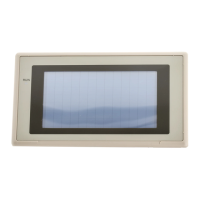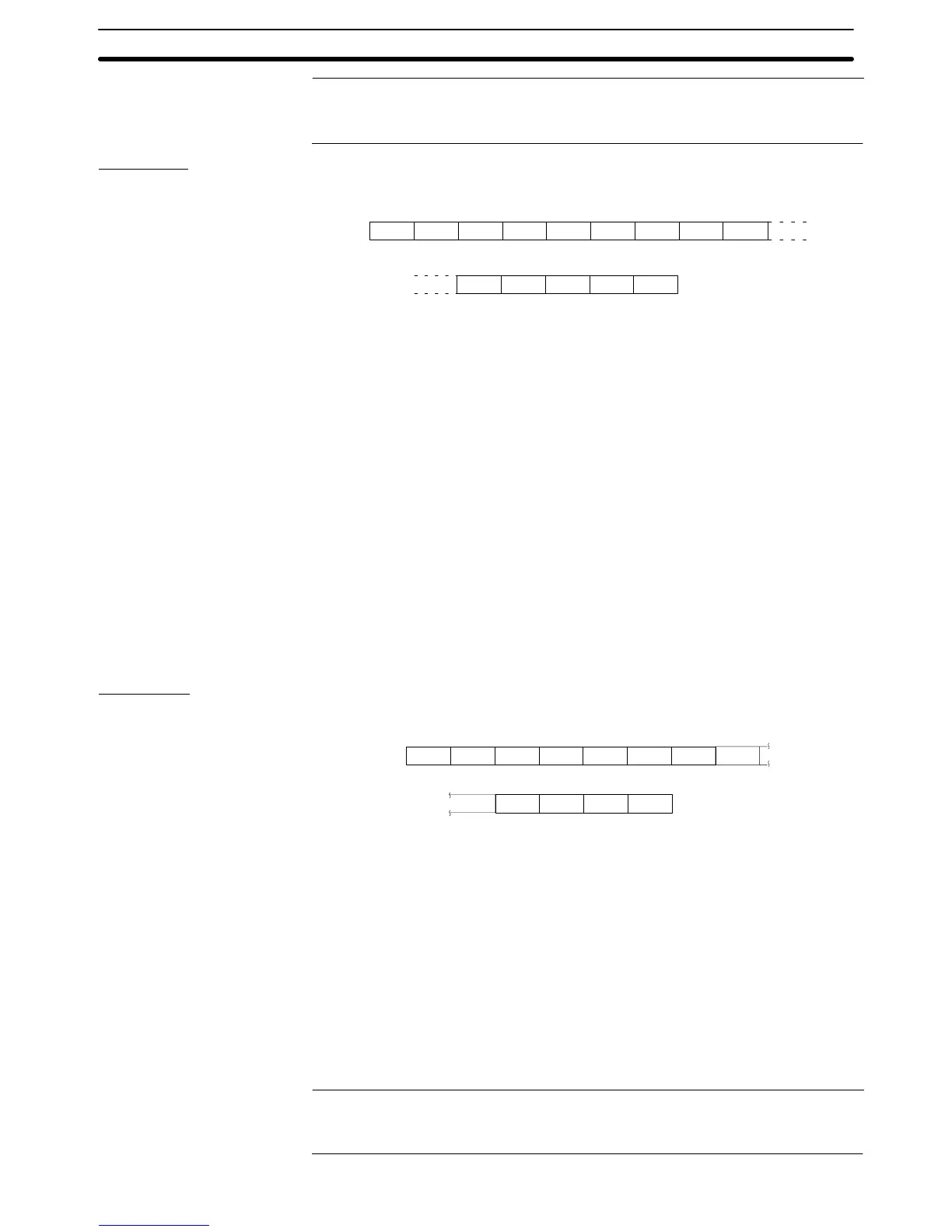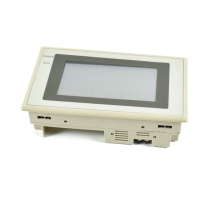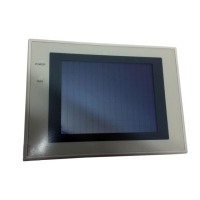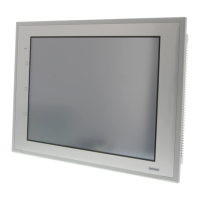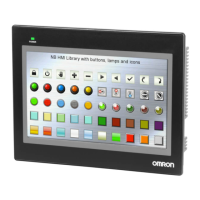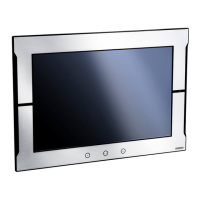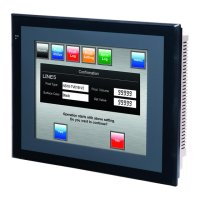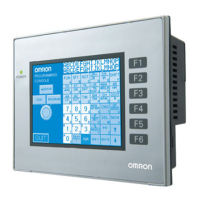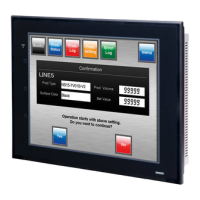4-3SectionCommands/Responses
378
Reference: The maximum number that can be specified for first character string memory
table entry read depends on the setting for numbers of character string table en-
tries (256/1000/2000) made at the Support Tool.
Response
Format
1B 52
[ESC] R
t3 t4
53
St1 d11 d12t2
0D
dn1 dn2
s1
s2 [CR]
* * * * * * * * * * * *
* * * * * * * *
t
1
to t
4
: First character string memory table entry read (4 BCD digits)
0000 to 1999
d1
1
, d1
2
, ..., dn
1
, dn
2
:
Contents of the read character string memory table entries
(2 digits (hexadecimal) corresponding to 1 to 40 characters)
00 to FF
H
(CP437 or ISO 8859-1)
s
1
, s
2
: Checksum (2 hexadecimal digits)
This is always added.
Function
• Reads the data of the specified number of character string memory table en-
tries, starting from the specified character string memory table entry.
• A maximum of 20 table entries can be read at the same time.
• In the response, data is returned in units of one table entry at a time. If reading
of multiple table entries is specified, a number of responses equal to the speci-
fied number of table entries is made. Note that the read character string
memory table entry number is always the number of the data of the response.
4-3-4 Bit Memory Table Read Command (Sent from Host to PT)
Command
Format
1B 52
[ESC]
[CR]
R
0D
42
B
mt1 t2 t4
(l1) (l2) (s1) (s2)
t3
* * * * * * * * * *
* * * * * * * *
m: Checksum present/absent (1 BCD digit)
0: Absent
1: Present
8: Absent (1 table entry read)
9: Present (1 table entry read)
t
1
to t
4
: First bit memory table entry number read (4 BCD digits)
0000 to 0999
l
1
, l
2
: Number of read table entries (2 BCD digits)
00: 100
01 to 99: 1 to 99
When m is 8 or 9, omit this setting.
s
1
, s
2
: Checksum (2 hexadecimal digits)
When m is 0 or 8, omit this setting.
Reference: The maximum number that can be specified for first bit memory table entry read
depends on the setting for numbers of bit memory table entries (256/1000) made
at the Support Tool.
